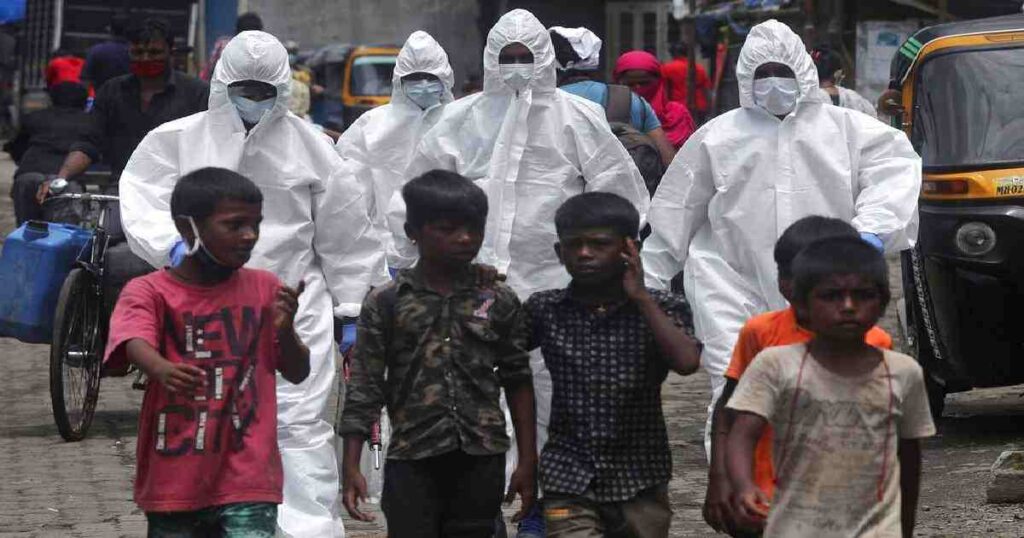A group of South Korean medics observed the recovery of children from COVID-19 and concluded that the children
continue producing large amounts of virus particles for two to three weeks, despite a frequent absence of observable symptoms of the disease. The medics’ findings were published in the JAMA Pediatrics journal.
“Most of the children with COVID-19 have a silent disease, but SARS-CoV-2 RNA can still be detected in the respiratory tract for a prolonged period. The
potential role of children in transmitting disease in the community needs to be further elucidated, and strategies to contain COVID-19 should reflect its
effects,” the researchers write.
Early observations over the coronavirus outbreak in China’s Wuhan revealed that children contract SARS-CoV-2 much less often than adults and suffer next
to none COVID-19 symptoms. However, children do transmit the coronavirus, if they contract the disease themselves.
This point has become particularly relevant lately, as the new educational year approaches and schools and colleges get ready to reopen in the US and
other countries.
To a large extent, the point has become important because the scientists cannot say with certainty what role children may play in the transmission of the infection and how dangerous the schools will be for teachers and other staff.
A group of Korean medics, led by Jong-Hyun Kim of The Catholic University of Korea, discovered that children may play a significant role in the spread of the virus, by observing changes in the health of 90 children receiving COVID-19 treatment between February and March this year.
The hidden carriers–
Following mass coronavirus infection cases in the South Korean city of Daegu, the Korean healthcare services conducted mass testing for coronavirus traces in all people who contacted SARS-CoV-2 carriers, including children.
Thanks to such measures, the researchers write, the medics were able to discover 90 infection cases among schoolchildren and teenagers, most of whom either displayed no symptoms at all or suffered from light forms of COVID-19. All these children were quarantined and observed until all traces of the virus in the bodies disappeared completely.
Such an approach allowed the Korean medics to evaluate with precision how long children remain potential virus carriers, and whether there are any differences between children with or without symptoms.
As it turned out, both produced viral particles for several weeks, remaining potentially dangerous for people around them, despite either gradual disappearance of symptoms of the disease or complete lack thereof in the first place. On average, the virus was present for 18 to 19 days in young Koreans with symptoms and for 14 days – in patients without symptoms.
Considering that about half of all infected children displayed no symptoms and were discovered only thanks to mass testing, this indicates that children and teenagers may act as one of the main virus sources. The scientists believe that many relatives could have contracted COVID-19 from their children, grandchildren and nephews.
This factor, the researchers say, must be taken into account when reopening schools, developing counter-epidemic measures and observing the virus in regions, not yet infiltrated by the disease, reports TASS, Moscow.




